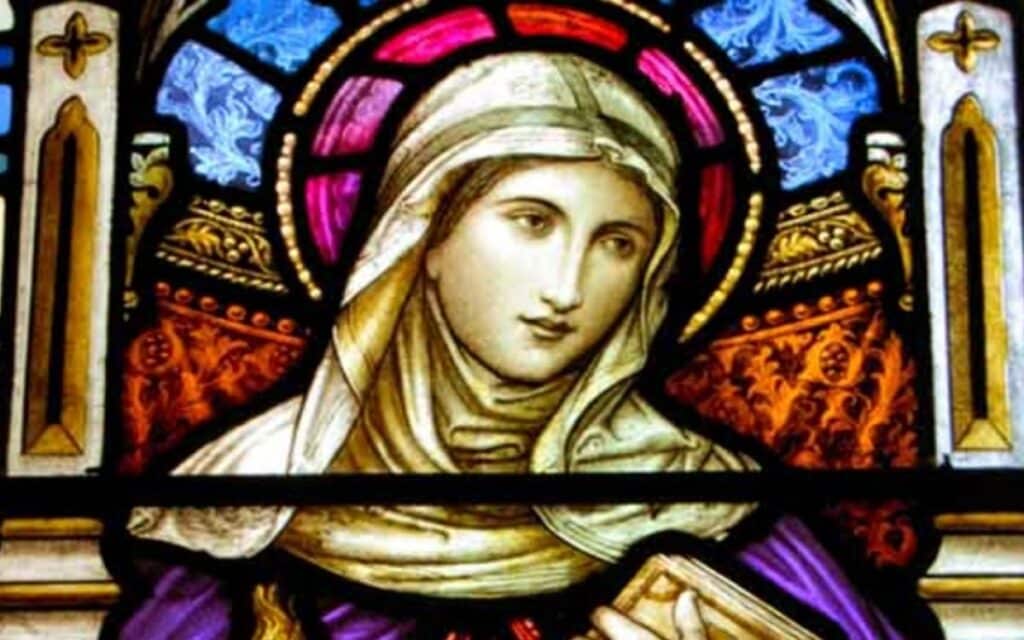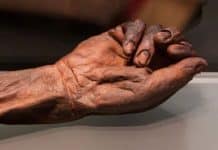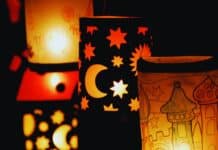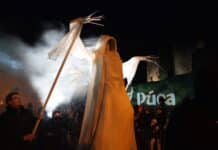ANN MASSEY McELROY explores the legend of the Ireland’s Saint Brigid and the strong ties to the Pagan Goddess of the same name and the festival of Imbolc.
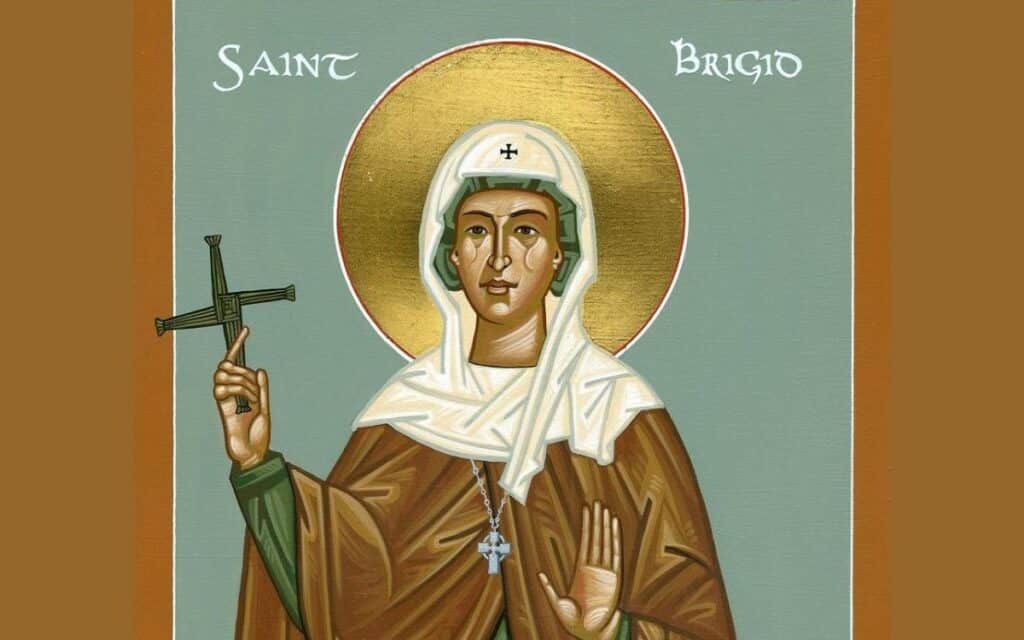
Saint Brigid Facts
- 1 February marks the Patron’s Saint Day of Saint Brigid and the Pagan Festival of Imbolc, attributed to the Goddess Brigid.
- The name Brigid (also known as Brigit) comes from the old Irish ‘Breo saighit’ which means ‘fiery arrow.’
- The goddess Brigid came into being as a part of the Tuatha Dé Dannan race, born at the first rays of sunrise. As she walked, her feet would leave a trail of shamrocks and flowers in her midst.
- She is Goddess of the Spring, the Arts and craftsmakers. She is also the deity of metalworkers, from Blacksmiths to Silversmiths, something continued by her saintly namesake.
- Brigid’s son, Ruadán died in battle and she was so distraught, her song-like cries of grief were heard throughout Ireland and the tradition of keening at wakes and funerals stemmed from this moment.
- Brigid’s shrine was created by an ancient and revered Druid Oak Tree in County Kildare. No weapon forged could be brought to the shrine and an eternal flame was kept alight by a team of priestesses for nineteen days. On the twentieth day the deity herself would appear.
- The festival of Imbolc, meaning “in the belly,” celebrates the beginning of Spring and homes would lay out food and gifts along with clothing for Brigid to touch and bless should she appear.
- Fires would be lit in reverence to the perpetual flame of Brigid throughout the festival. Locals would look into the flames for portents of the future, seen dancing in the burning embers.
- During the Spring festival, major Neolithic monuments across Ireland become aligned with the sun, most notably the Mound of Hostages on the ancient Hill of Tara.
- Brigid the Saint was born in the 5th century and her Pagan mother was converted to Christianity by Saint Patrick himself.
- The young Brigid was born into slavery and her ‘owner’ was a Druid. No matter what he fed the infant she would be sick, said to be a mark of her dedication to Christianity. A miraculous cow appeared from nowhere and the future Saint was kept fed and healthy.
- Saint Brigid became the first Abbess of Ireland, choosing the shrine site of the Goddess Brigid as the foundation of her convent in a bid to carry on the works of the Lady of the Perpetual Flame.
- In a further mark of respect to the Goddess, Saint Brigid founded a School of Arts which produced some of the most intricate illustrations and decorative metalwork of the time, including the Book of Kildare.
- There are several Saint Brigid’s Holy Wells in Ireland, which were formerly dedicated to the Goddess and all said to have healing powers. Every year pilgrims travel to the wells and in the lead up to 1 February the wells and surrounding areas are cleaned and tidied as a mark of respect.
- The iconic Saint Brigid’s Cross is actually an ancient Pagan protection symbol. The young Brigid sat at the beside of a Chieftain. To distract the dying man from his pain, she picked rushes from the floor and fashioned the cross, a symbol he identified with. As she spoke of her God as she worked, it is said the Chieftain received Christ into his heart and accepted a deathbed baptism. The cross remains a symbol of Saint Brigid to this day, it’s Pagan origins long forgotten.
So whatever your beliefs, be they Pagan or Christian, 1 February is your day to celebrate perpetual flame and healing, and just maybe, take a glance into the future through the flames.
